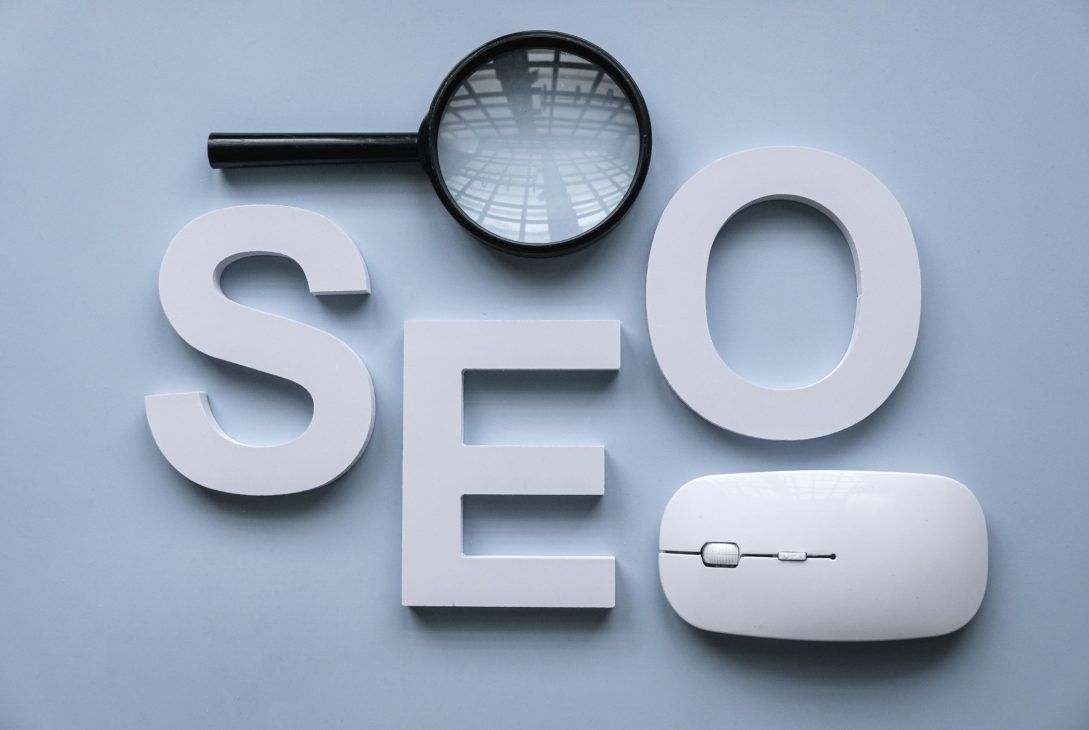In the ever-evolving landscape of digital marketing, two powerful tools stand out as key players in driving traffic and conversions: Search Engine Marketing (SEM) and Search Engine Optimization (SEO). Both SEM and SEO play crucial roles in enhancing online visibility, attracting qualified leads, and ultimately boosting conversions.
In this blog post, we will delve into the intricacies of SEM and SEO, exploring their distinct features and how businesses can leverage them to achieve optimal results.
Understanding SEM:
Search Engine Marketing is a paid advertising strategy that focuses on gaining visibility through search engines by using paid advertising. The most common form of SEM is Pay-Per-Click (PPC) advertising, where advertisers bid on keywords relevant to their business. When users search for those keywords, the ads appear at the top of the search engine results page (SERP). SEM provides instant visibility and allows advertisers to target specific demographics, locations, and even the time of day their ads appear.
Key SEM Strategies:
- Keyword Research: Identifying relevant keywords is the cornerstone of a successful SEM campaign. Understanding the search terms potential customers use is crucial for bidding on the right keywords and reaching a target audience.
- Compelling Ad Copy: Crafting compelling and relevant ad copy is essential for attracting clicks. Clearly communicating the value proposition and including a call-to-action encourages users to take the desired action.
- Landing Page Optimization: Once users click on an ad, the landing page should provide a seamless and relevant experience. A well-optimized landing page enhances user engagement and increases the likelihood of conversions.
- Monitoring and Adjusting: SEM requires continuous monitoring and adjustment. Analyzing performance metrics, such as click-through rates and conversion rates, enables marketers to refine their strategies for better results.
Understanding SEO:
Search Engine Optimization, on the other hand, is an organic strategy aimed at improving a website’s visibility in search engine results without relying on paid advertising. SEO involves optimizing various elements, including content, meta tags, and backlinks, to align with search engine algorithms and rank higher in organic search results.
Key SEO Strategies:
- On-Page Optimization: Optimizing on-page elements such as title tags, meta descriptions, and header tags contributes to improved search engine rankings. Creating high-quality, relevant content is also crucial for SEO success.
- Technical SEO: Ensuring that a website’s technical aspects, including site speed, mobile-friendliness, and crawlability, meet search engine standards is essential for ranking higher in search results.
- Link Building: Building a strong network of high-quality backlinks from reputable websites enhances a site’s authority and improves its search engine ranking.
- Content Marketing: Developing a content strategy that includes valuable and relevant content for the target audience not only enhances SEO but also attracts and engages potential customers.

Conclusion
In conclusion, a successful digital marketing strategy often combines the strengths of both SEM and SEO. While SEM provides immediate visibility through paid advertising, SEO builds a sustainable, organic presence over time. By understanding and implementing the key strategies of SEM and SEO, businesses can drive targeted traffic, improve their online visibility, and ultimately increase conversions. Balancing these two powerful tools can lead to a comprehensive and effective approach that maximizes the impact of digital marketing efforts. Read more blogs here: imeetify.blog
Related Posts:
Get Started with a free 15 -day trial
No credit card required for Trial Plan
Continue using starter plan for free forever, after trial or upgrade to Premium Subscription






